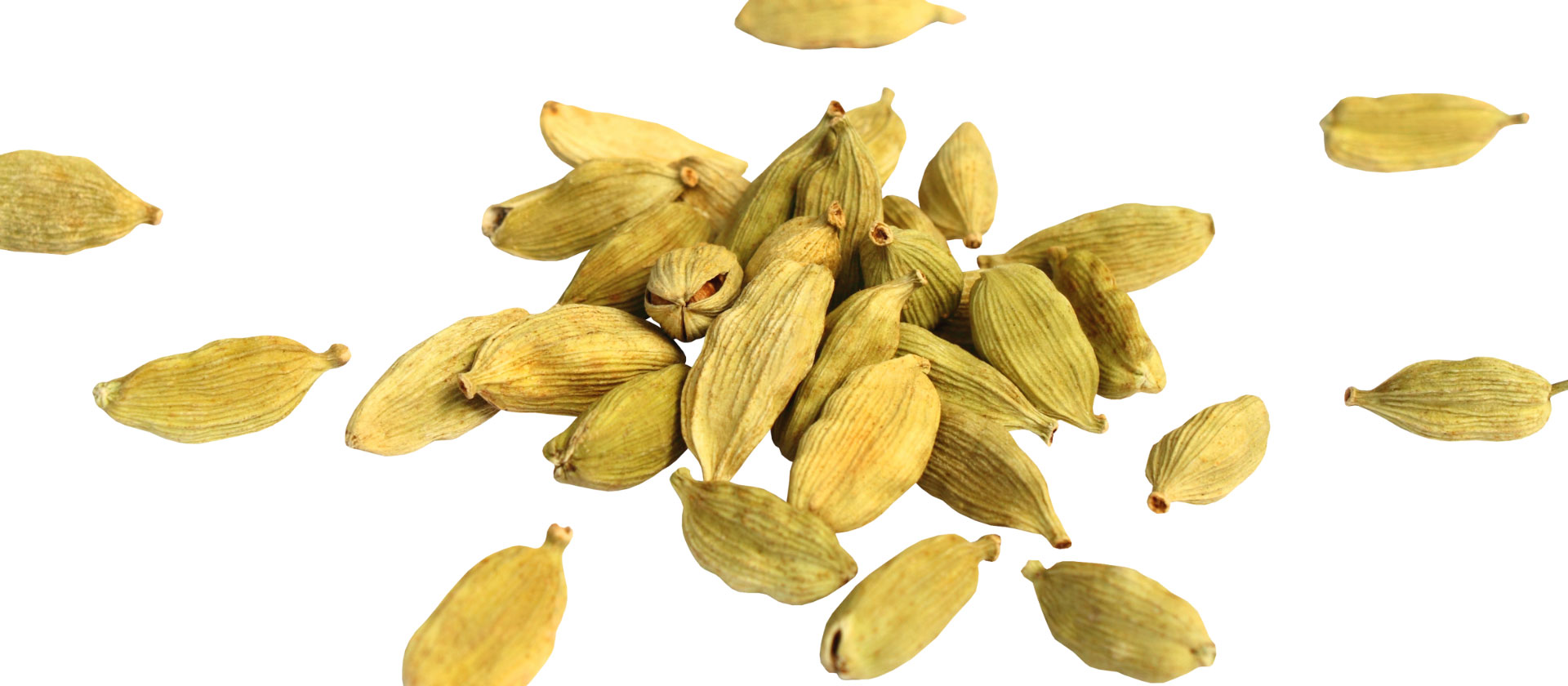Advent Day Eight: Festive Pepper

This colourful mix combines the spiciness of white pepper and pink peppercorns with the lemony and herbaceous flavour of cardamom which lends a wonderful festive flavour to dishes and is particularly complimentary of white fish.
Cardamom is a highly aromatic spice that belongs to the ginger family, Zingiberaceae. It is known for its distinctive flavor and is widely used in various cuisines around the world.
Growth and Geography
- Cardamom plants are native to the evergreen rainforests of India, particularly in the Western Ghats region. They also grow in other parts of South Asia, including Nepal, Bhutan, and Sri Lanka.
- Additionally, cardamom is cultivated in several other countries with suitable climates, such as Guatemala, Tanzania, and parts of Central and South America.
- Cardamom plants are bushy and can reach a height of about 2 to 4 meters. The spice comes from the seeds found within the plant's pods, and these pods are harvested when they reach maturity.
Discovery and Historical Usage
- The spice was mentioned in ancient Indian texts, including the Ayurvedic texts, where it was valued for its medicinal properties. Its use then spread to other regions through trade routes, including the Silk Road.
Culinary Uses
- Cardamom is a versatile spice used in both sweet and savory dishes.
- It is a key ingredient in Indian, Middle Eastern, Scandinavian, and Southeast Asian cuisines.
- The pods can be used whole or ground to add flavor to curries, rice dishes, desserts, teas, and beverages like chai. Cardamom is often used in baking as well, particularly in pastries and cakes.
- Cardamom pairs well with a variety of flavors, including cinnamon, cloves, ginger, and nutmeg. It is often used in spice blends like garam masala, chai masala, and various curry powders.
Health Benefits and Nutrition
Cardamom contains various compounds that contribute to its potential health benefits. These include essential oils, phytochemicals, and antioxidants. Some potential health benefits of cardamom include:
- Digestive Aid: Cardamom has been traditionally used to aid digestion and help alleviate gastrointestinal issues like bloating and gas.
- Anti-inflammatory Properties: The spice contains compounds with anti-inflammatory effects that may help reduce inflammation in the body.
- Antioxidant Power: Cardamom is rich in antioxidants, which can help combat free radicals and protect cells from damage.
- Cardamom's antimicrobial properties make it beneficial for oral health, potentially reducing bad breath and preventing bacterial growth in the mouth
Preservation of Freshness
- To preserve the freshness of cardamom pods, they are often stored in whole form until ready for use. The seeds retain their flavor and aroma better in the pod than in ground form.
- Cardamom pods can last up to a year when stored in an airtight container in a cool, dry place.
- Dry cardamom capsules should be kept in moisture-proof containers away from direct sunlight.
Other Facts
- Cardamom comes in two main varieties: green cardamom (Elettaria cardamomum) and black cardamom (Amomum subulatum). Green cardamom is the most common type used in cooking, while black cardamom has a smokier flavor and is more often used in savory dishes.
- The harvesting process of cardamom is labor-intensive, as each pod must be hand-picked when it reaches the right stage of ripeness.
- Cardamom has a rich, sweet, and slightly spicy flavor with citrus undertones, making it a prized and luxurious spice in many cultures.

